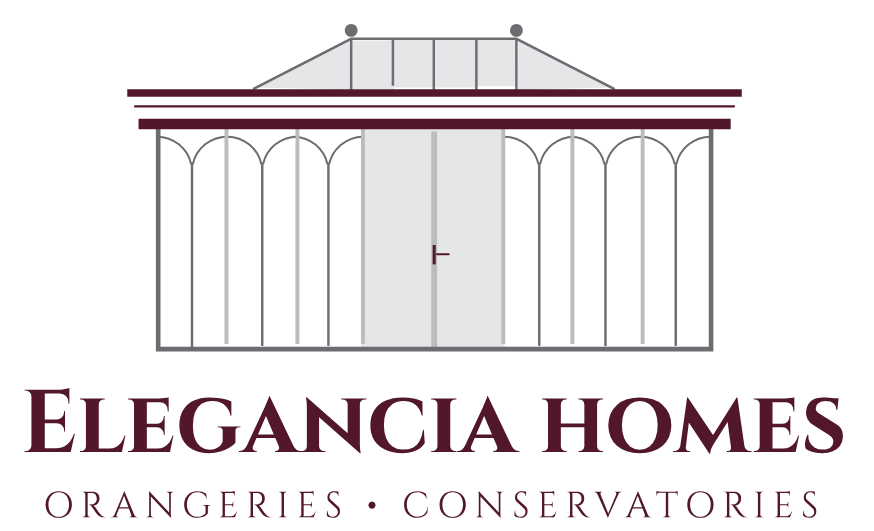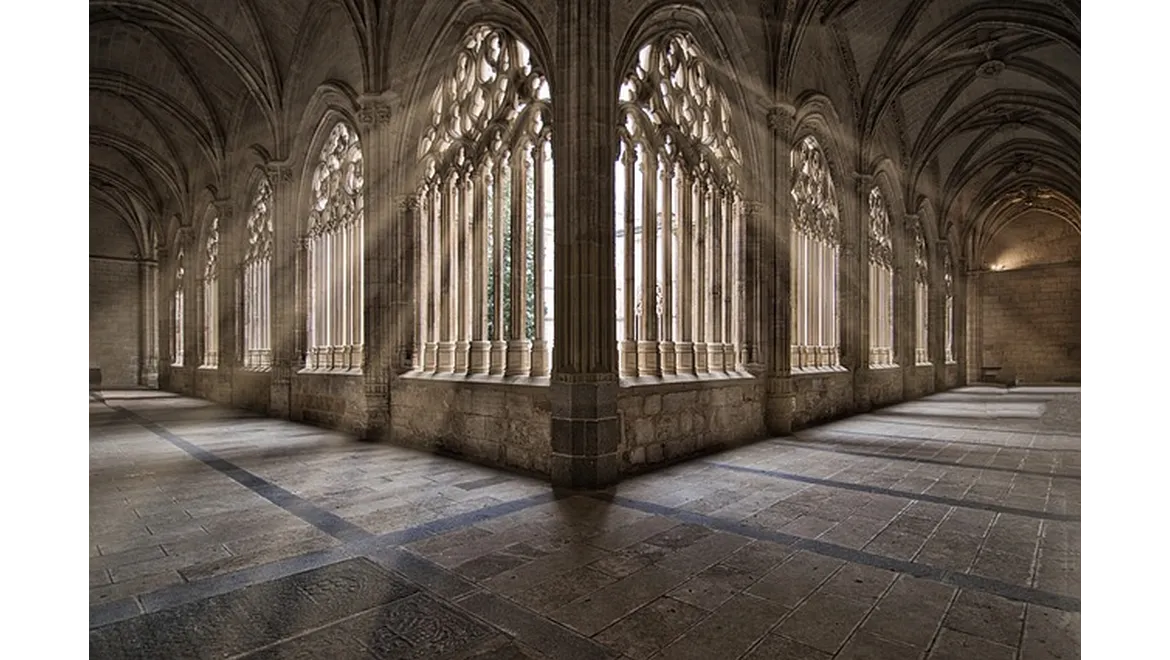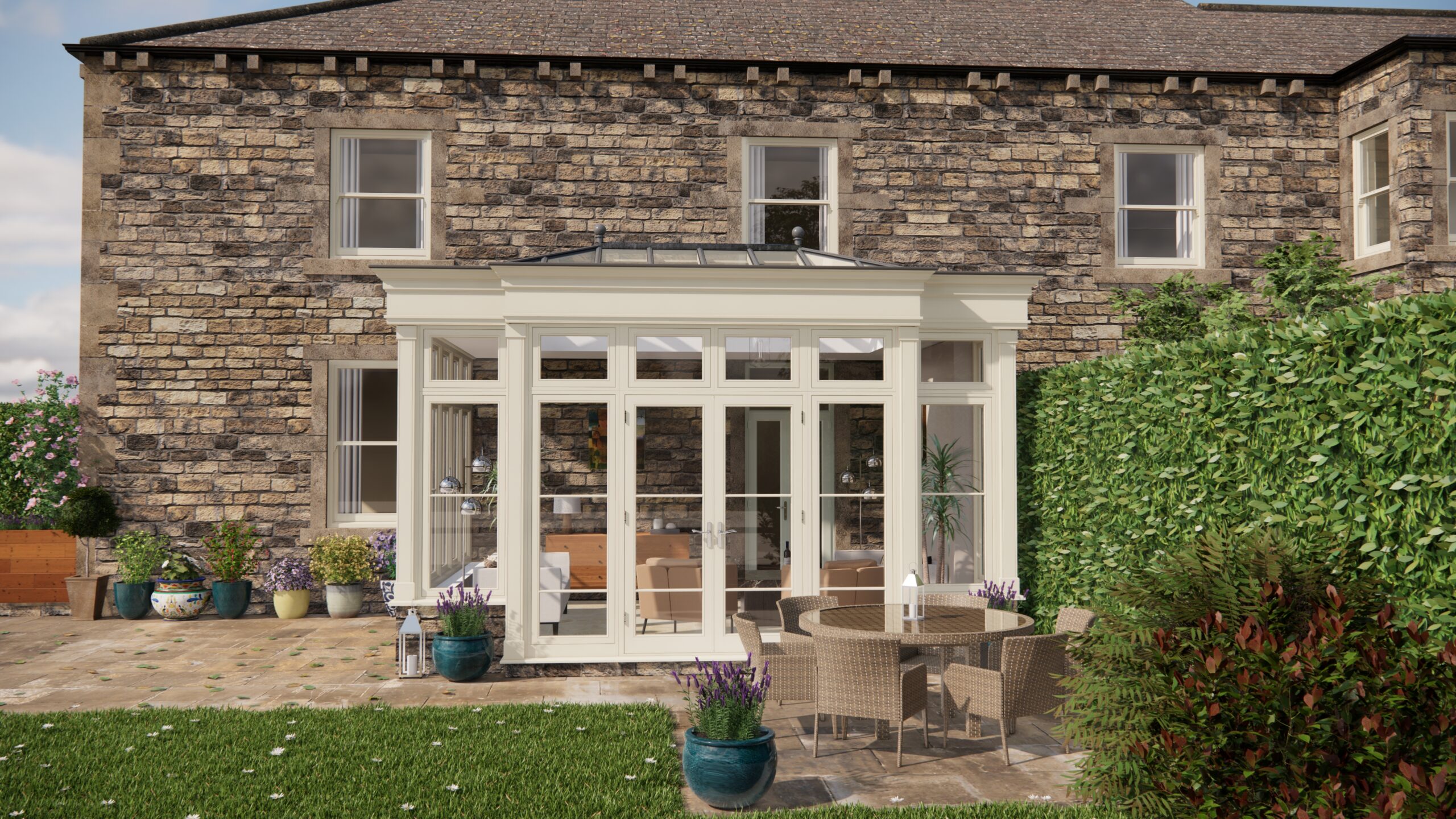Right, let’s talk Listed Buildings. I recently had a brilliant chat with Logan, a specialist in heritage architecture, and he really opened my eyes to the nuances of adding or modifying outbuildings – think orangeries, garden rooms, workshops – to listed properties. It’s not as simple as slapping up a shed, that’s for sure! It’s all about Listed Building Consents and Heritage Considerations: Navigating the complexities of listed building regulations when constructing or modifying orangeries and outbuildings, focusing on preservation and sympathetic design.
So, first things first, the ‘listed’ bit. If your property is listed, even minor alterations to outbuildings require Listed Building Consent. Logan emphasized that it’s always best to approach your local planning authority early. They can provide invaluable guidance, saving you time, money, and a whole lot of potential headaches down the line. Don’t even think about skipping this step; the consequences of unauthorised works can be severe, including hefty fines and being forced to reverse the changes. It’s always better to start a dialogue rather than risk it.
Now, the big question: How do you blend modern security with historical charm? Logan’s mantra is ‘discretion is key’. Think about it – a glaring CCTV camera plastered on a Grade II listed orangery just screams ‘wrong’! Instead, he suggests exploring concealed alarm systems. We’re talking about sensors integrated into the building fabric, perhaps hidden within window frames or cleverly disguised as architectural details.
Lighting is another area where you can make subtle but significant security improvements. Avoid harsh floodlights. Instead, opt for sensitive, low-level lighting that illuminates pathways and potential entry points without creating an eyesore. Think about motion-activated lights that only come on when needed, minimising light pollution and drawing less attention. Logan also mentioned the importance of considering the colour temperature of your lighting; warm, softer tones are generally more sympathetic to older buildings than harsh, cool white lights.
When it comes to materials, Logan stressed the importance of matching the existing property as closely as possible. This isn’t just about aesthetics; it’s about preserving the historical integrity of the site. If your main house is built of Cotswold stone, your orangery should ideally feature the same material, or at least a very similar one. Reclaimed materials are a fantastic option here, as they often have a patina of age that blends seamlessly with older buildings. It’s also worth researching traditional building techniques and seeing if they can be incorporated into your project. This not only enhances the authenticity of the outbuilding but can also improve its long-term performance.
Damp-proofing is crucial. Logan explained that older buildings often ‘breathe’, and modern damp-proofing methods can sometimes do more harm than good by trapping moisture and causing rot. He recommends consulting with a specialist in historic building preservation to determine the most appropriate damp-proofing strategy for your particular outbuilding. Traditional lime mortars and renders are often a good choice, as they allow moisture to evaporate naturally.
Heating can also be a tricky area. Underfloor heating is a popular option for orangeries, but it can be challenging to install in listed buildings without damaging historic floors. Radiators are often a more practical choice, but it’s important to select models that are in keeping with the building’s character. Cast iron radiators, for example, can be a stylish and functional addition to a period property. Logan also suggested exploring renewable energy options, such as solar panels, but cautioned that these should be installed discreetly and with careful consideration of their visual impact. The position of the solar panels can have a real negative impact on the building, so careful consideration is required.
So, in a nutshell, securing a listed outbuilding is about finding that sweet spot between modern convenience and historical preservation. Engage with the planning authority early, prioritise discreet security solutions, use sympathetic materials, and consult with experts in historic building preservation. It may take a bit more time and effort, but the result will be an outbuilding that is both secure and a valuable asset to your heritage property.


